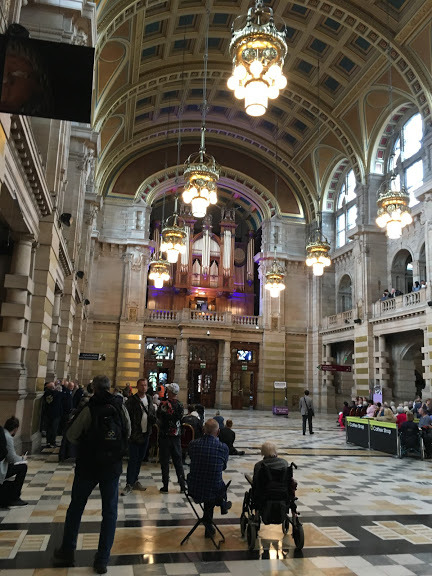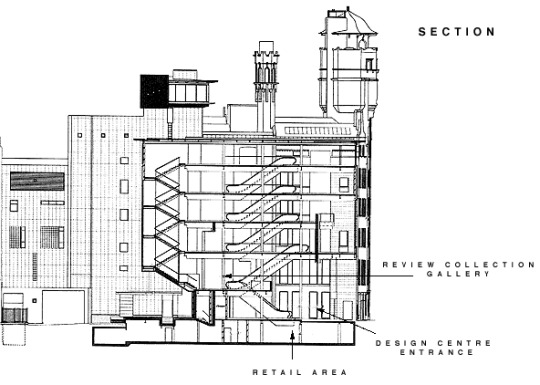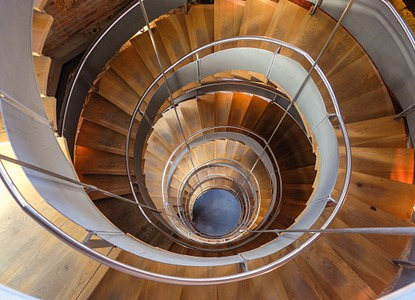Text
Kelvingrove Museum

The Kelvingrove Museum was designed by Sir John W. Simpson. The building opened in 1901 making it 118 years old since 2019. Since 2018, over 1 million people have visited the museum. Located in the museum, you will find the floating head installation created by Sophie Cave; They are four expressions and six different heads, they are lit so that their emotions are accentuated, which gives the installation a slightly uncanny feeling to them.

In the environment discovery centre, they are these eggs that you can sit in you can see from one of the members of the class who was sitting in one at the time.

They are a spitfire plane that I found interesting in one of the wings, hanging from the ceiling, I find this the most interesting due to my interest in old-world war items and vehicles.

An interesting fact about the building is that it started construction in 1888 and opened in 1901 and on the 11 July, 2006 HM Queen Elizabeth II reopened the Kelvingrove museum. It took three years for the refurbishment of the building and cot around £28 million ponds to do so. I would highly recommend going to the Kelvingrove museum if you're interested in history in art or other inventions or general history. I would give the Kelvingrove Museum a 4.5-star rating.

0 notes
Text
The Riverside Museum
ThZaha Hadid Architects designed the Riverside Museum building, and it started construction in 2007 - 2010. During 2007 the first part of the turf, 2008 the foundation work started and this continued through pass 2009 and then during 2010 the cladding for the building and internal work began. Later on the 21st of June 2011, the museum opened meaning the structure is over eight years old and roughly about 1,254,498 members of the public visited it last year of 2018.
This is an image of the Penny-Farthing. It was the first-ever bike invented, 1891 was the first printed recording of the penny-farthing. The bike had one massive engine at the front and a smaller wheel at the back of it.

During the old undergrounds time it was common for the passengers to spit therefor the government issued out the no spitting signs for the trains to hopefully reduce the amount of times people spat.

Here are some images of Clive Sinclair’s products. I recommend going to see this in the museum as I find it to be really interesting.



Graeme Obree’s bike and outfit.

0 notes
Text
The Lighthouse
The Lighthouse in Glasgow is Scotland's hub for Design and Architecture. Charles Rennie Mackintosh designed the building, and it was completed in 1895. The centre's concept is to improve the connections linking design, architecture, and the creative industries. Glasgow City Council currently sill have ownership of the Lighthouse itself. One of the main features of the Lighthouse is the Mackintosh Tower which allows you to overlook Glasgow's cityscape, and you can access this by heading to the helical staircase located on the third floor. The Lighthouse consisted of 8 levels altogether. Four of them that were Galleries three of them which are retail and one which is the tower. One of the great exhibits is the Mackintosh Centre. This exhibit goes through a range of Mackintosh's life work; some examples of his work are shown below. Other exhibitions coming are Mackintosh's Unbuilt exhibit. This exhibition will show you all of his unbuilt architectural models. The Lighthouse is also celebrating 20 years this started on the six july 2019 - 6 January 2020. They are many more different exhibits that I would recommend going to the Gallery to see. It's a great place to visit to see all the different architectural designs as well as several art exhibits.
I have included the floor plan for the Lighthouse first three are retail based the next four are the exhibits and the very top is the tower. round about the 6 floor is a small cafe for you to have a small meal when visiting the Gallery.

In the following pictures I have included some of the Mackintosh Centre. These pictures will give you a rough idea of what you will see if you choose to go and visit the Lighthouse for yourself.
This is the Stairs for the tower where you will be able to see over glasgow.

This is one of the examples of the unbuilt architectural models that Mackintosh designed. Due to limited time I wasn’t successful in finding out more information to what this model below is designed for. What I can confirm is that the model wasn’t made by Mackintosh and the building looks to be a train station of sorts possibly for Glasgow queen, Central or another train station.

0 notes
Text
Finch and Fourance
On the 25/09/19 our Product Design class took a trip to the Whisky Bond where we were introduced to Franki Finch and her company that she started up 8 years ago in 2011 where she became the sole owner of business.
Franki Finch graduated in Product Design at Glasgow School of Art in 2006, including a semester studying in Stuttgart.
Franki for most of the time chooses to work alone but if a project requires a little more work or if its with something that she is unfamiliar with she will hire in freelancers to help with the projects.
One of the largest projects that Franki made was the Lloyd's Register Technology Tree for the Collapsible trade fair exhibit more information on the tree is located on the Finch and Fouracre website.

The prices for Franki to make a model for a client can range anywhere in price but she typically chooses not to accept models that will be less than £2000 due it not being cost effective towards herself and her business.
Franki has a quick and easy tip to follow by when creating any tip of model. “Measure twice, cut once”. This tip can easily benefit any model making designer as if you measure twice you will know that its accurate as once you cut they are no going back.
The thing Franki enjoys the most about her job is working with her hands. She loves to create all different types of challenging projects that she receives. We asked her if she knew if she was always going to be a product designer, and she responded with no she wasn’t always going to be one.
0 notes
Text
The Whisky Bond

The Whiskey Bond was created in 1957. It was named the Whiskey Bond due to it originally created as a bonded warehouse for the highland Whiskey Distilleries. The building is over 62 years old.

The Whiskey Bond is now used for different types of small creative industries where companies like Flux and, finch and fouracre have set up.

One thing that I found interesting in the Whiskey Bond was all the different types of businesses that are set up there that have helped me with possible future plans that I can go with.

0 notes
Text
GoMA
The Gallery of Modern Art remains the leading art display for all contemporary art based in Glasgow, Scotland. The Gallery of Modern Art gives a list of temporary exhibits and workshops. It wasn't always an Art Gallery; it started as a townhouse for William Cunninghame of Lainshaw, and its construction began in 1778 for him. He was a wealthy Glasgow Lord for his tobacco. His wealth was made throughout the save trade. The building itself went through many changes, in 1817 it was bought by the Royal Bank of Scotland, then later traded on to be converted into the Royal Exchange. The Gallery of Modern Art seen its doors opened in 1996. Throughout the many years, it has welcomed millions of visitors through its doors, just last year in 2018 the Gallery of Modern Art had reported 633,548 visitors. In front of the Gallery is a statue of the Duke of Wellington. The statue was sculpted in 1844.

The figure seems to always have a cone on its head. The authorities regularly removed cones only for members of the public to place it back on top, and it was believed it started with intoxicated members of the public decided to climb up the statue and place the cone directly of the figures head. After a while of fighting with the people, the authorities have decided to leave it be and to continue being apart of Scottish culture. During Special Events, the cone gets changed. Examples would be the golden one for the Olympic games, the Christmas one and many more shown in the following pictures.





The exhibit that I found interesting was the TAST! Exhibit. It was showing a range of different artworks. TASTE! implies that object and design remain of equal importance plus allows the exhibition as a space to experience, question and discuss the importance of art. All the artist involved are listed below the image. I wold recommend that people come to this exhibit.

The artist involved are as followed; Henri Cartier-Bresson, Beryl Cook, Fischli/Weiss, Sarah Forrest, Andy Goldsworthy, Douglas Gordon, David Hockney, Eduardo Paolozzi, David Shrigley, Stanley Spencer, Andy Warhol, Lawrence Weiner
1 note
·
View note